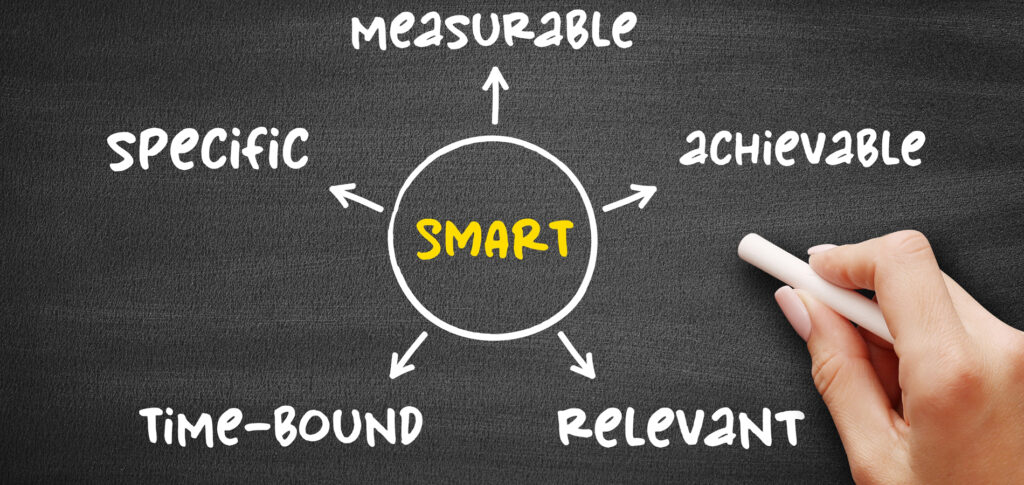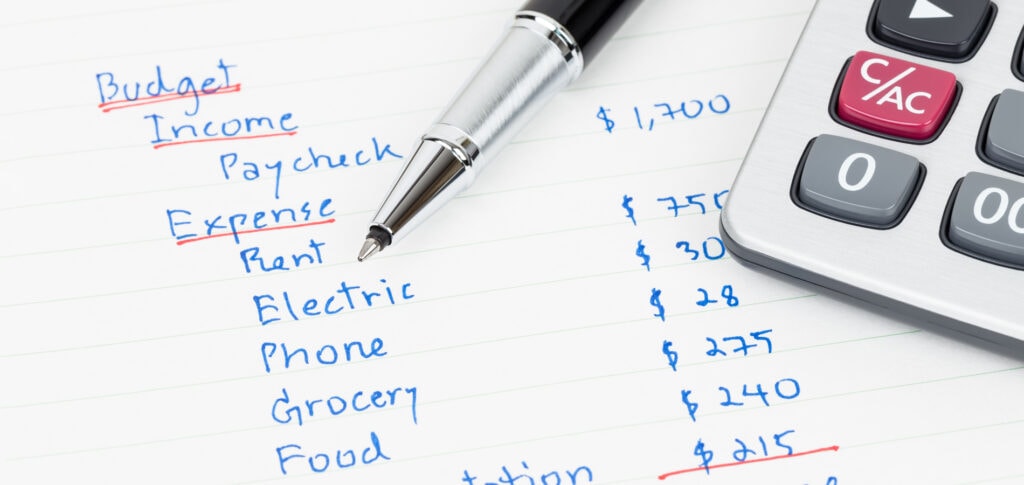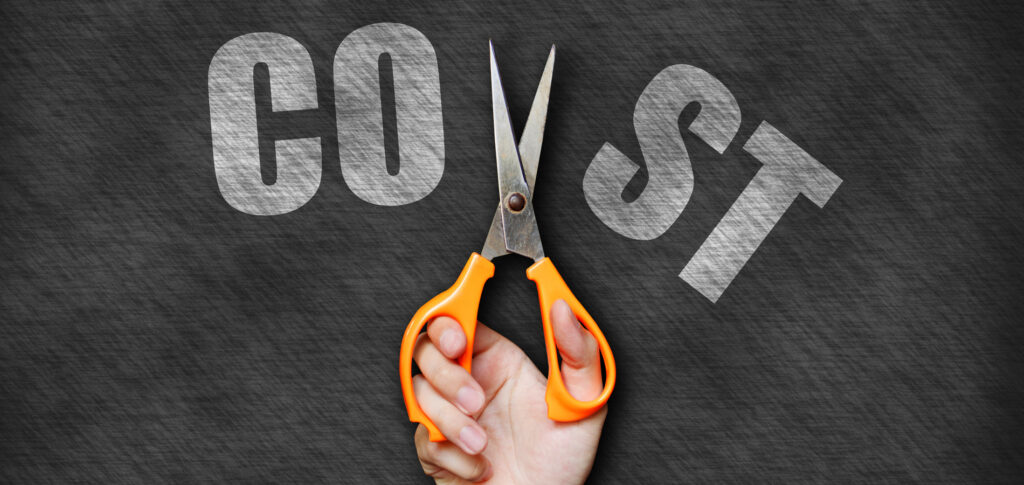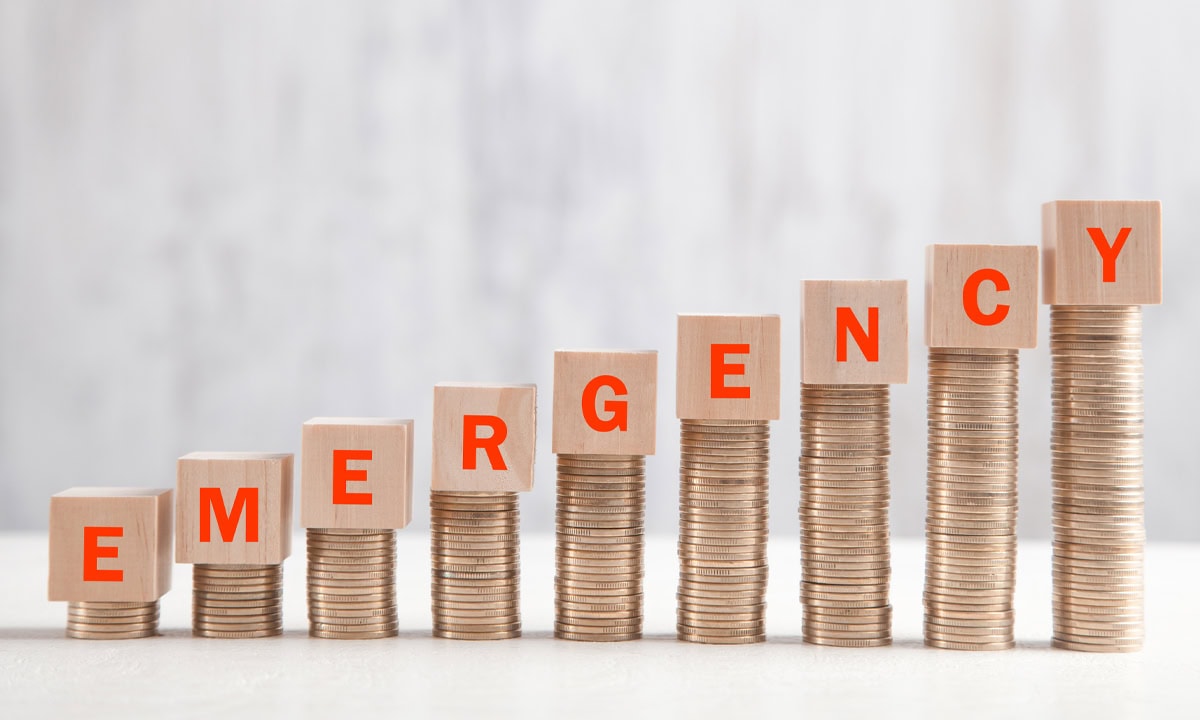If one thing’s for sure, it’s that life is unpredictable. All sorts of things can happen to derail your plans – job loss, car repairs, vet emergencies to name just a few.
Without a financial buffer, these can quickly spiral into debt. That’s where an emergency fund comes in. It’s your safety net, your peace of mind.
But what if your budget is already stretched thin? Building an emergency fund may seem impossible when you’re just trying to keep up with day-to-day costs. The good news? It’s absolutely possible—by starting small, staying consistent, and making a few smart changes, you can build a solid financial cushion no matter your income.
Here’s how.
1. Start With a Realistic Goal

A common recommendation is to save three to six months of living expenses. While that’s ideal, it’s not always practical if you’re living paycheque to paycheque.
Instead, start smaller. Aim for $500 to $1,000. That amount can still make a major difference in an emergency—and it’s far less intimidating.
Once you hit your first milestone, aim for the next. Small wins keep you motivated.
2. Open a Separate, Easy-to-Access Savings Account
Keep your emergency fund separate from your everyday spending money. Ideally, open a separate savings account—preferably with no monthly fees and a little interest. This helps prevent accidental spending and keeps your savings goal visible.
Look for an account you can access easily when needed, but not so easily that you’re tempted to dip into it for non-emergencies.
3. Track Your Spending to Find Hidden Savings

One of the most effective ways to save on a tight budget is by knowing exactly where your money is going. Start tracking every dollar you spend. There are a range of free budgeting apps available for Kiwis, but even a simple spreadsheet can do the trick.
Look for small, regular expenses that add up: takeaway coffees, streaming subscriptions, dining out, or convenience purchases. Cutting just $2 to $5 a day can save you over $1,000 a year.
Redirect these small savings directly into your emergency fund.
4. Automate Your Savings
Even if it’s just $10 a week, automating your savings removes the temptation to skip it. Set up an automatic transfer from your everyday account to your emergency fund on payday.
You’ll be surprised how quickly small amounts grow when you don’t have to think about it.
6. Cut Costs
(Without Feeling Deprived)

Saving money doesn’t mean living without joy. It’s about making choices. Consider:
- Swapping a takeaway meal for a home-cooked version once a week.
- Pausing unused subscriptions or switching to shared plans.
- Switching utility or insurance providers for better deals.
Every dollar saved can move you closer to your emergency fund goal. And remember—this is temporary. Once your fund is established, you can reassess.
7. Set Micro-Goals and Celebrate Progress
Saving $1,000 can feel daunting. But saving $50 twenty times? Much more manageable.
Break your target into smaller milestones, like $100 at a time. Each time you hit a target, celebrate in a meaningful (and affordable) way. It might be a relaxing day off, a favourite home-cooked meal, or a walk in nature.
Tracking your progress visually—on a chart, app or even sticky notes on the fridge—can help keep the momentum going.
8. Re-evaluate and Adjust
Every few months, review your budget and see if you can free up a bit more. Maybe your income has increased or an old debt has been paid off. If so, consider raising your weekly savings transfer.
On the flip side, if you’ve had to dip into your emergency fund, don’t panic. That’s what it’s for. Just restart the process and rebuild at your own pace.
9. Avoid High-Cost Debt as an Alternative

It can be tempting to use credit cards or payday loans when emergencies arise. But these options often come with high interest rates that trap you in a cycle of debt.
Building an emergency fund gives you options and reduces reliance on high-cost borrowing. At Loan Direct, we believe in helping people avoid those stressors by offering fair, fast loans when truly needed—at rates that won’t wreck your budget.
We also understand that bad credit isn’t the end of the road. If you’re rebuilding your finances and need a short-term boost while working on your emergency fund, talk to us. You may have more options than you think.
How Loan Direct Can Help You Get Started
Building an emergency fund on a tight budget takes discipline and patience—but it’s one of the smartest financial moves you can make.
Start small. Be consistent. Keep going.
Even a modest emergency fund can mean the difference between a minor hiccup and a full-blown crisis. And with a little planning, anyone can get there—even on a tight budget.
At Loan Direct, we’re here to support your financial journey. Whether it’s expert advice, access to competitive loan options, or just a friendly chat about your goals, we’re ready to help.
Need help finding breathing room while building your emergency fund? A consolidation loan could be the answer you need to find that extra cash to start saving.
We move fast—our online application takes just 2 minutes, with approval in 1–2 hours* and same day payout* possible.
Ready to get started? Apply now!
*Subject to responsible lending checks and criteria.
